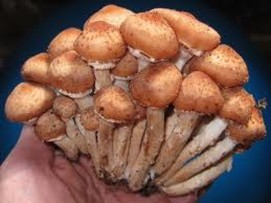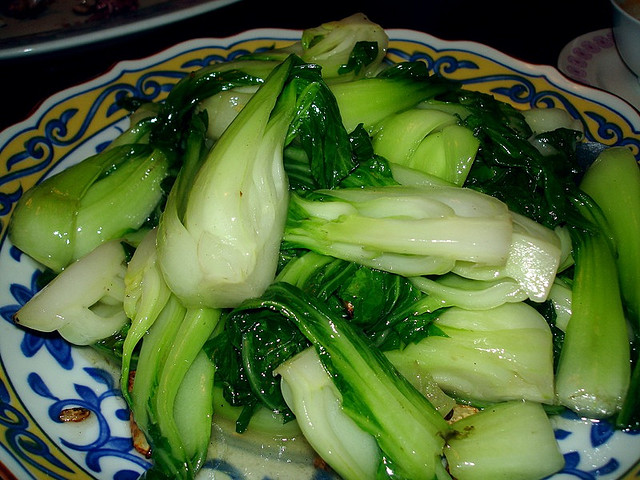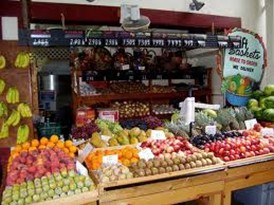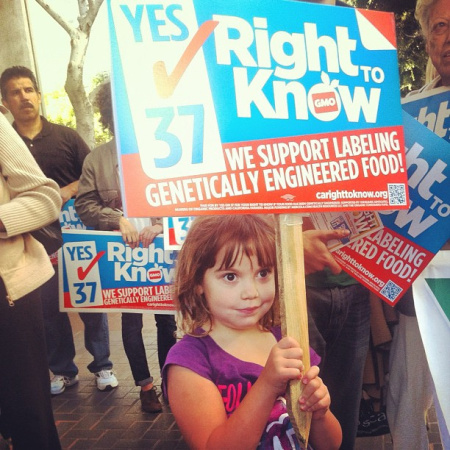Face it, most of us are not going to become biotech scientists. We may have doubts about genetically modified organisms (GMOs), but we aren’t equipped to retort to Big Food’s spin departments, which assure us that these crops are safe to eat (and will solve world hunger, not hurt ecosystems, etc.). But recently, someone who IS an agricultural researcher shared his experience. And it isn’t a pretty picture.
Thierry Vrain writes in the post “Former Pro-GMO Scientist Speaks Out On The Real Dangers of Genetically Engineered Food“: “The Bt corn and soya plants that are now everywhere in our environment are registered as insecticides.” That’s right, the PLANTS are INSECTICIDES. Vrain continues, “But are these insecticidal plants regulated, and have their proteins been tested for safety? Not by the federal departments in charge of food safety, not in Canada and not in the U.S.”
I can’t say it better than the repentant scientist. He adds, “There are no long-term feeding studies performed in these countries to demonstrate the claims that engineered corn and soya are safe. All we have are scientific studies out of Europe and Russia, showing that rats fed engineered food die prematurely. These studies show that proteins produced by engineered plants are different than what they should be. Inserting a gene in a genome using this technology can and does result in damaged proteins. The scientific literature is full of studies showing that engineered corn and soya contain toxic or allergenic proteins.”
This report and others can be found on the Food Revolution Network, headed by John and Ocean Robbins. This site is a goldmine of reports, health information, videos, and other resources for everyone who wants to participate in what the Robbinses rightly call The Food Revolution.
Additional important links:
Ted Talk: Birke Baehr: What’s wrong with our food system
Dean Ornish, MD — Healing Through Diet
Jeffrey Smith — Why Europe Labels GMOs




